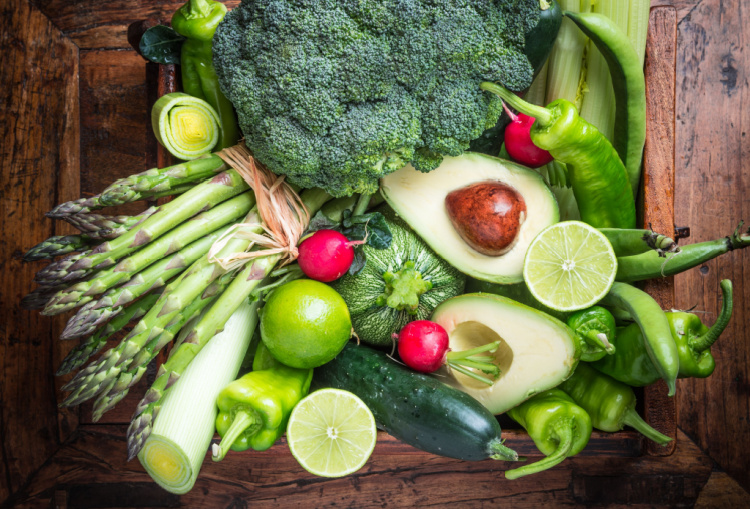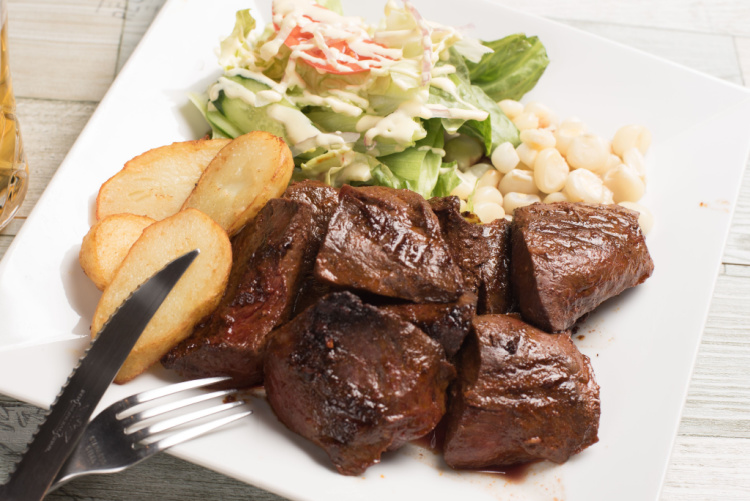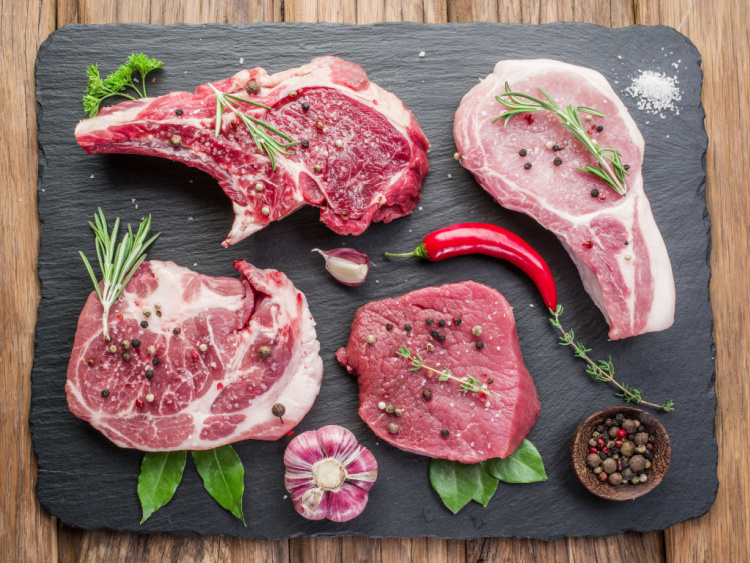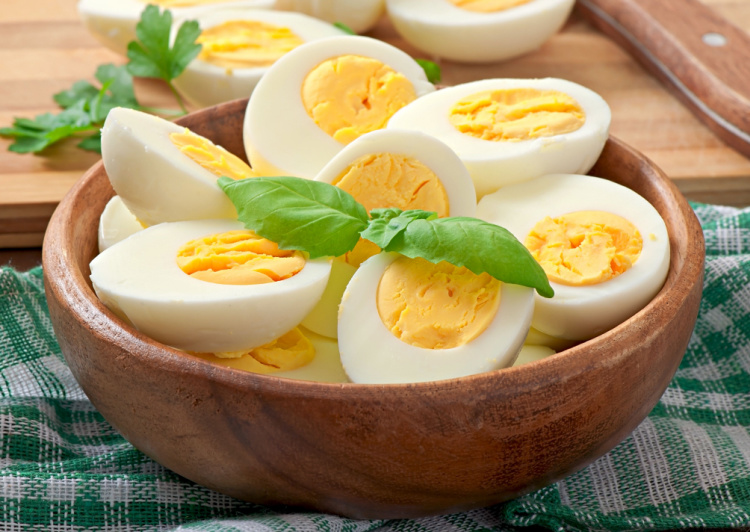The Most Nutritious Foods Every Biohacker Should Eat
One of the hardest parts about committing to a healthy lifestyle is navigating the ever-changing advice about what to eat. From fad diets to juice cleanses, it can get really confusing for consumers to figure out what they should and shouldn’t be eating. But, let’s simplify things.
A good diet should be made up of two things. One, foods that nourish you and add nutrients to your diet, and two, they don’t leave you feeling weak, sick, or inflamed.
According to a study done on the most nutrient-dense foods, researchers found that the average person’s diet is deficient in the following vitamins and minerals: Vitamin A, Vitamin B12, Calcium, Iron, Zinc, and Folate.
To combat this, here is a list of foods that will help you boost these vitamins and minerals and biohack your way to a healthy diet.

Small Fish
Fish, specifically wild-caught fish, is jam-packed with healthy fats and micronutrients. The only issue is that typically the bigger the fish, the more mercury that can be lurking inside. While nearly all seafood will contain some levels of mercury, here are the ones that typically have the lowest amounts: wild tilapia, sardines, anchovies, wild trout, haddock, sockeye salmon, and petrale sole.
For an extra hack, you can supplement with chlorella before consuming fish to reduce the heavy metals you digest.

Dark Leafy Green Vegetables
It’s no surprise that vegetables make the cut, but the ones that are highest in nutrients tend to be the dark leafy green ones. These vegetables are not only high in iron, calcium, and folate; they are also full of fiber and polyphenols which are great for healthy digestion.
Some dark leafy green vegetables you can consume are bok choy, collard greens, arugula, kale, and swiss chard.

Organ Meats
Organ meats such as hearts, brains, livers, and intestines from pigs, cows, lambs, chickens, goats, and ducks pack a punch when it comes to micronutrients. They tend to be high in iron and Vitamin B12.
However, they can also be high in purines which increase uric acid levels and can lead to gout and kidney stones. It is suggested to eat no more than 4 servings per week.

Beef And Lamb
Protein is absolutely essential for a healthy diet. It helps generate new cells, is important for hair skin, and nail growth, and is key to recovering from the gym. It is suggested that roughly 20% of your diet should be dedicated to protein.
Organic grass-fed meats are typically the best sources of clean protein. Beyond that, beef and lamb are especially high in nutrients such as Omega 3 fatty acids, CLA (a fat that helps you burn fat) iron, and Vitamin B12.
Pork and goat come in a close second. Make sure to always opt for meat that’s been grass-fed and grass-finished because this ensures the animal only ate grass.

Eggs
Eggs are notorious for being high in Vitamin A, E, and Omega 3’s. However, almost all of those nutrients come from the yolk. Egg whites tend to be high in protein. This makes eggs an all-around great addition to your diet.
However, like with everything, be sure to consume eggs in moderation. There have been an increasing number of people reporting having an egg allergy. If you notice bloating, cramping, or upset stomach during or after consuming eggs, it is best to consult your doctor.

Crustaceans & Bivalves
Eating more crab, shrimp, crayfish, and lobster can boost your Vitamin B12, Magnesium, Iron, and Zinc levels. Always make sure your seafood is wild-caught because farmed seafood has a tendency to be high in toxins such as pesticides, pathogens, heavy metals, and parasites.
Edible bivalves include foods such as oysters, scallops, clams, and mussels that are rich in Vitamin B12 and Zinc as well as healthy fats. Make sure to opt for freshwater seafood as it is lower in levels of histamines. Buy them fresh instead of canned and cook them the day of purchase to avoid any histamine formation. The best seafood will have a fresh seawater fragrance and a briny, saltwater taste.
